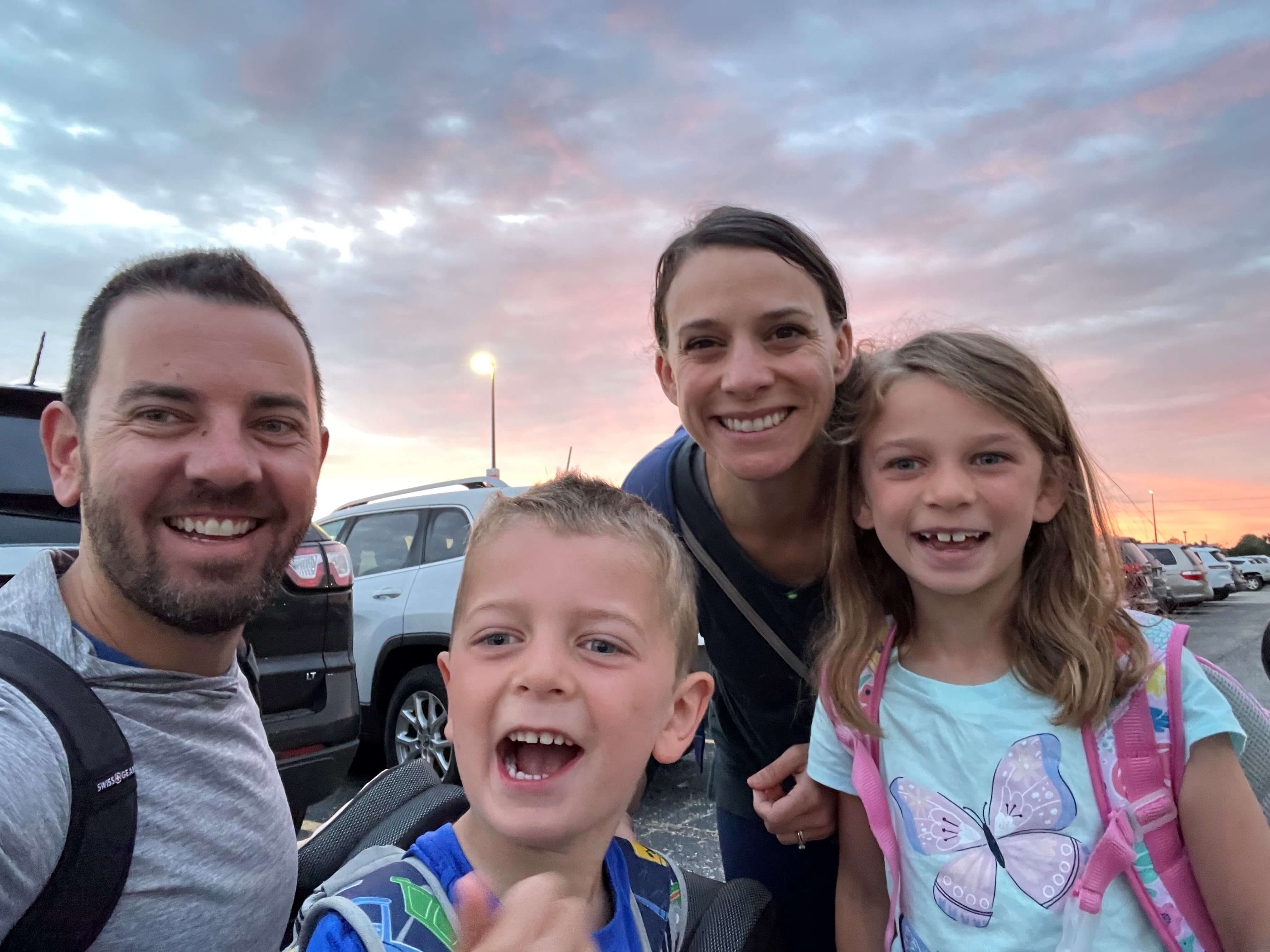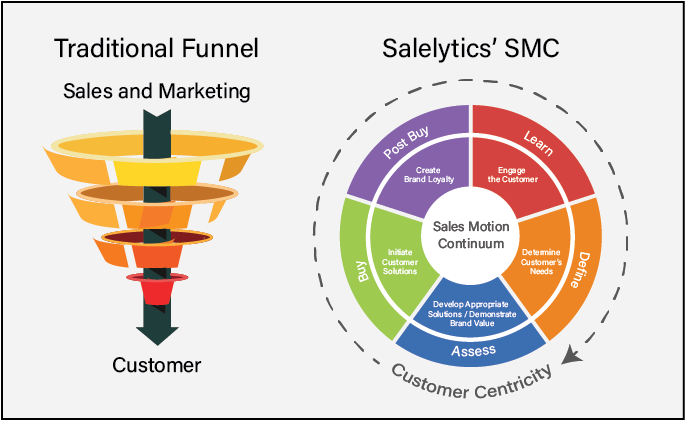
- Join Our Team
-
Solutions
![Solutions]() Overview Full Account Management Funnel Development Sole Territory Coverage Team Sell Customer Care Patient Centric International Support
Overview Full Account Management Funnel Development Sole Territory Coverage Team Sell Customer Care Patient Centric International SupportOur Exclusive Sales Models Supplement Your Strategy to Produce Results
-
Industries
![Industries]()
Turning Your Business Challenges into Sales Successes!
-
Technology
![Technology]() Overview Omnichannel Experience Sales Enablement Strategy Optimization Data Science and Language Technology
Overview Omnichannel Experience Sales Enablement Strategy Optimization Data Science and Language TechnologyInnovative Solutions That Optimize Your Results
-
Resources
-
Careers
![Careers]()
Learn about our current open opportunities.
-
About Us
![About]()
Learn about Salelytics and the people who make it successful.
-
About
![About]() Careers Current Open Positions Work From Home Professional Development Salelytics Recruiting Team About Salelytics Our Locations Contact Us Blog
Careers Current Open Positions Work From Home Professional Development Salelytics Recruiting Team About Salelytics Our Locations Contact Us BlogLearn about Salelytics and the people who make it successful.









.jpg)


.jpg)
.jpg)


.jpg)
.jpg)


.jpg)
.jpg)
.jpg)
.jpg)
.jpg)
.jpg)
.jpg)
 (1).jpg)
.jpg)
 (1).png)
.png)
 (1).jpg)


.png)
 (1).jpg)
 (1).png)

.jpg)
.png)
.jpg)

.jpg)
.jpg)
.jpg)
.jpg)
.jpg)
.png)
.jpg)
.jpg)
.jpg)
 (1).jpg)
 (1).png)
.jpg)
.png)
 (1).png)
.png)
.png)
.jpg)
.jpg)
.jpg)
.jpg)

.jpg)
.png)
 (1).png)
.png)
.png)
 (1).png)
.png)
.png)
.png)
.png)
.png)